Fast & Effective Moisture Removal
Experts in Drying & Dehumidification in Melbourne
Our specialised drying services remove hidden dampness from your property, stopping mould at the source and restoring a safe, dry indoor environment.
Get a Quote!
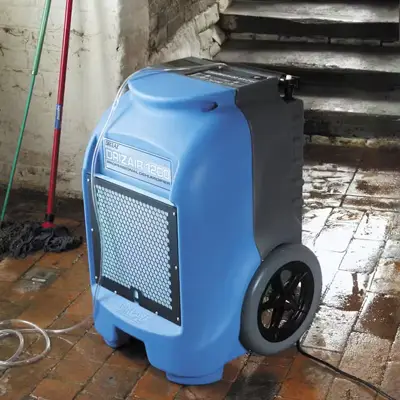
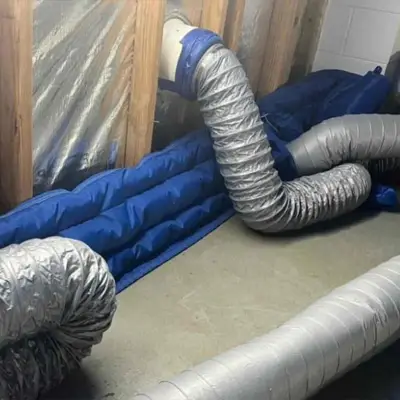
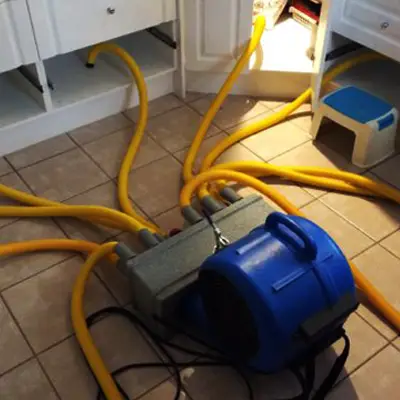
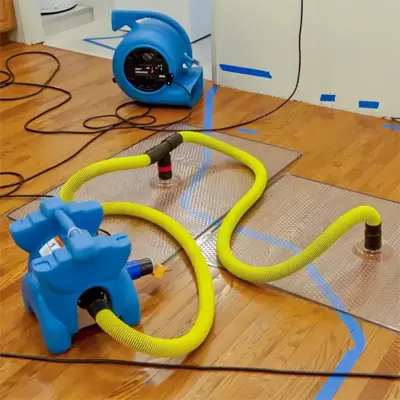
Fast & Effective - AVAILABLE 24x7
Drying & Dehumidification for Mould-Affected Spaces
Mould thrives in damp, poorly ventilated environments—and often returns if hidden moisture isn’t properly addressed. At Victoria Hygiene, we provide specialist drying and dehumidification services as a crucial part of our mould remediation process.
Whether your property has suffered from leaks, condensation, or flood damage, we locate excess moisture in floors, walls, subfloors, and structural cavities using advanced thermal and moisture detection tools. Our IICRC certified technicians then use commercial-grade dehumidifiers, air movers, and drying systems to remove deep-set moisture and stabilise indoor humidity.
This proactive approach not only stops active mould growth but also prevents recurrence, protecting your property and your health. We service homes, commercial buildings, and industrial sites across Melbourne with 24/7 response availability.
WHY CHOOSE VICTORIA HYGIENE
Protecting Your Property When It Matters the Most
IICRC-Certified Experts
A professionally trained & certified team of technicians in Melbourne.
Next-Gen Technology
Modern equipment for faster drying and damage recovery.
18+ Years of Excellence
Trusted industry experts in water and flood restoration.
Rapid Response
On-site within 45 minutes to prevent further loss.
Eco-Friendly Solutions
Safe, non-toxic cleaning and restoration methods.
Fully Insured
Protecting your property with public liability insurance.
Dedicated Project Manager
A single point of contact for end-to-end support.
Seamless Restoration
Restoring your property as close as possible to its original condition.
OUR DRYING PROCESS
Effective Drying & Dehumidification

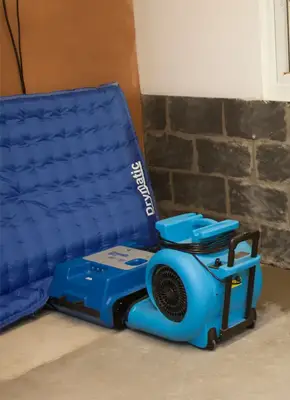

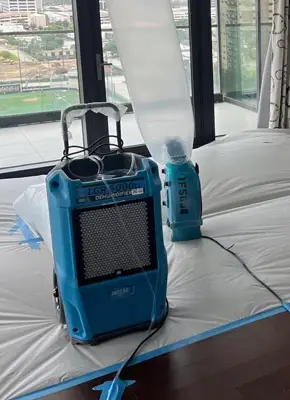
Timely and thorough drying is essential after any water intrusion to prevent long-term damage, microbial growth, and costly repairs. Victoria Hygiene’s drying process targets both visible and hidden moisture to ensure your property is completely dry, safe, and ready for restoration.
These are the steps we follow to ensure quick and effective drying:
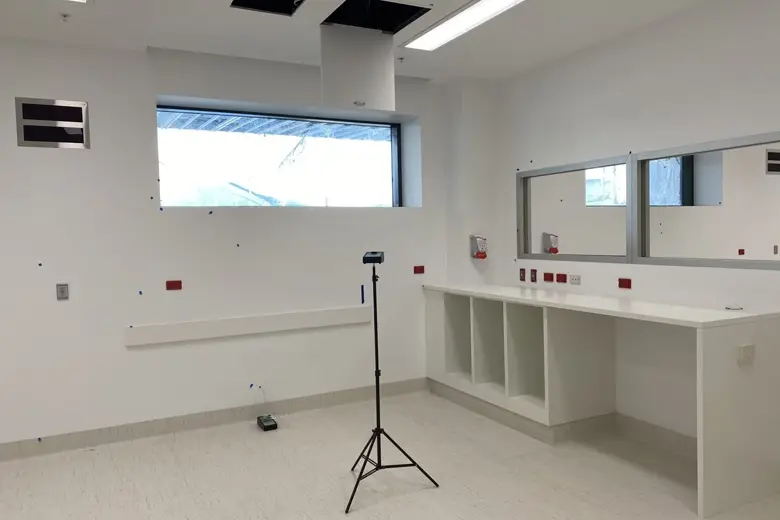
Step 1
Pre-Treatment Site Inspection
Our technicians assess the affected area, identify water ingress points, and use thermal imaging and moisture meters to detect damp spots within walls, floors, ceilings, and cavities. A custom drying plan is then created based on the damage severity and building materials involved.
Step 2
Containment & Equipment Setup
To prevent cross-contamination, we isolate the affected areas using plastic sheeting and negative air pressure where required. High-capacity air movers and commercial dehumidifiers are strategically placed to initiate rapid drying.
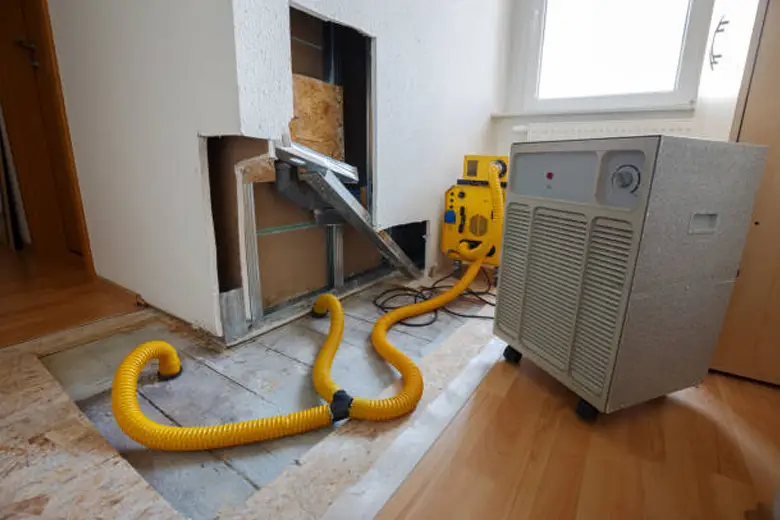
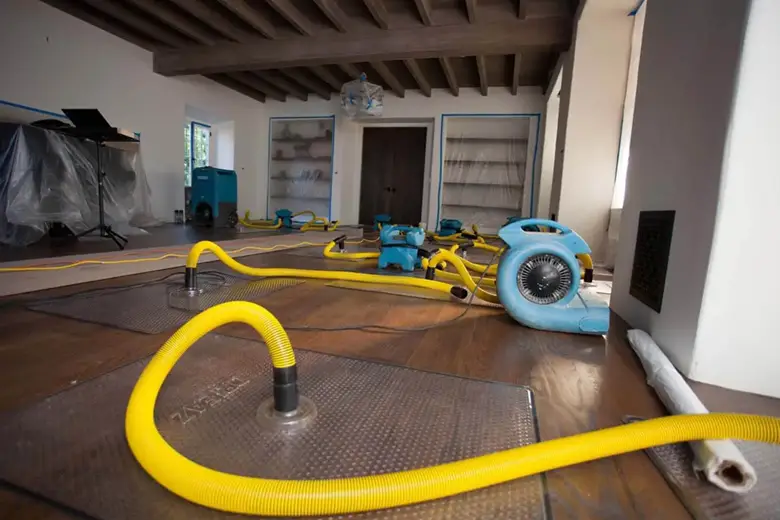
Step 3
Structural Drying
We focus on drying structural elements—timber, plaster, subfloors, and cavities—where dampness can linger and trigger long-term mould issues if left untreated.
Step 4
Humidity Control & Monitoring
Throughout the process, we track temperature, relative humidity, and material moisture levels using calibrated instruments. Adjustments are made daily to optimise drying conditions.
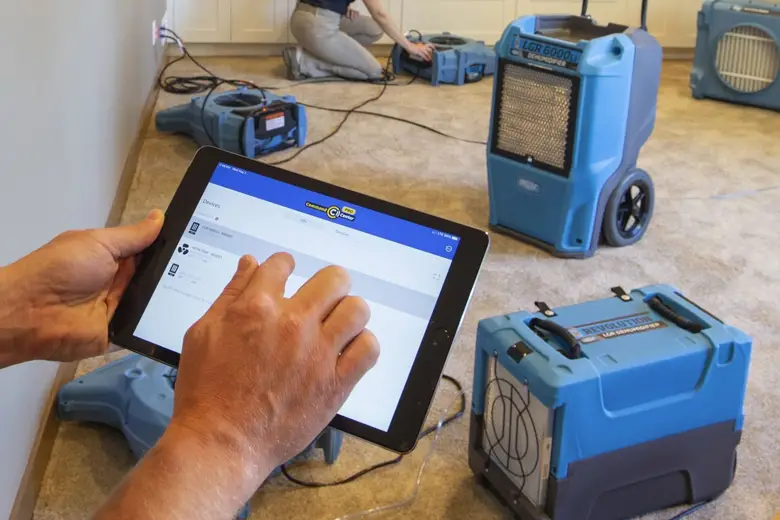
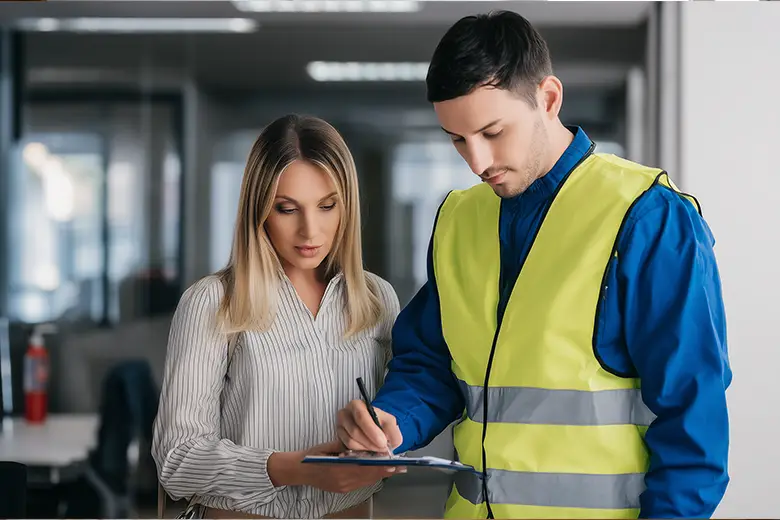
Step 5
Drying Completion & Verification
When readings confirm safe moisture levels, we dismantle equipment and issue a moisture clearance report. This ensures your property is ready for further repairs, anti-mould treatment, or occupancy.
Once drying is complete, you can safely proceed with repairs or restoration, knowing your property is properly treated and protected. If needed, our team can also provide full repair and material reinstallation services, including plastering, painting, and flooring.
QUICK TIPS
How to Manage Indoor Moisture After Water Damage
Even minor water leaks can lead to major issues if moisture isn’t addressed promptly. Effective drying and long-term moisture control are critical to maintaining a mould-free property. Follow these steps to protect your space:
- Act Quickly After Water Events: Begin drying within 24–48 hours of water damage to avoid microbial growth. Remove wet carpets, curtains, and furniture if possible, and ventilate the space immediately.
- Use Dehumidifiers Proactively: Run portable or built-in dehumidifiers in moisture-prone areas like basements, bathrooms, and laundry rooms. Maintain indoor humidity below 50% to discourage mould and mildew.
- Check for Hidden Moisture: After a leak or flood, use moisture meters or hire professionals to inspect inside walls, under flooring, and behind cabinetry where water often hides.
- Ventilate Regularly: Ensure bathrooms and kitchens have functional exhaust fans. Open windows when weather permits to promote air exchange and reduce trapped humidity indoors.
Connect With Us
Do you have an emergency?
We serve Richmond, Brighton, Melbourne CBD, St Kilda, Altona, Box Hill, Collingwood, Craigieburn, South Melbourne, West Melbourne, North Melbourne and all Victorian suburbs.
Frequently Asked Questions
Common Dehumidification Questions Answered
Why is drying so important for mould control?
Mould spores need moisture to grow. Without proper drying, even small damp areas can lead to future mould infestations.
How soon should drying begin after water damage?
Ideally within the first 24 hours to prevent mould and structural deterioration. The earlier you act, the better the outcome.
Will drying require tearing down walls or floors?
Not usually. We use non-invasive tools and drying techniques that preserve most structures while removing hidden moisture.
How long does the drying process take?
It depends on the extent of damage, but most jobs are completed in 2–5 days. We monitor and adjust equipment as needed.
Can I use home fans or heaters to dry the area myself?
While helpful for minor spills, they’re not sufficient for serious water damage. Professional-grade dehumidifiers and monitoring ensure proper results.
Is drying enough to prevent mould?
In most cases, yes—if started early. In high-risk areas, we drying alone won’t guarantee mould prevention, but combined with good ventilation and anti-mould treatments, it’s highly effective.
Do you provide documentation for insurance claims?
Yes, we provide detailed reports, moisture readings, and photos to support insurance assessments and claim submissions.